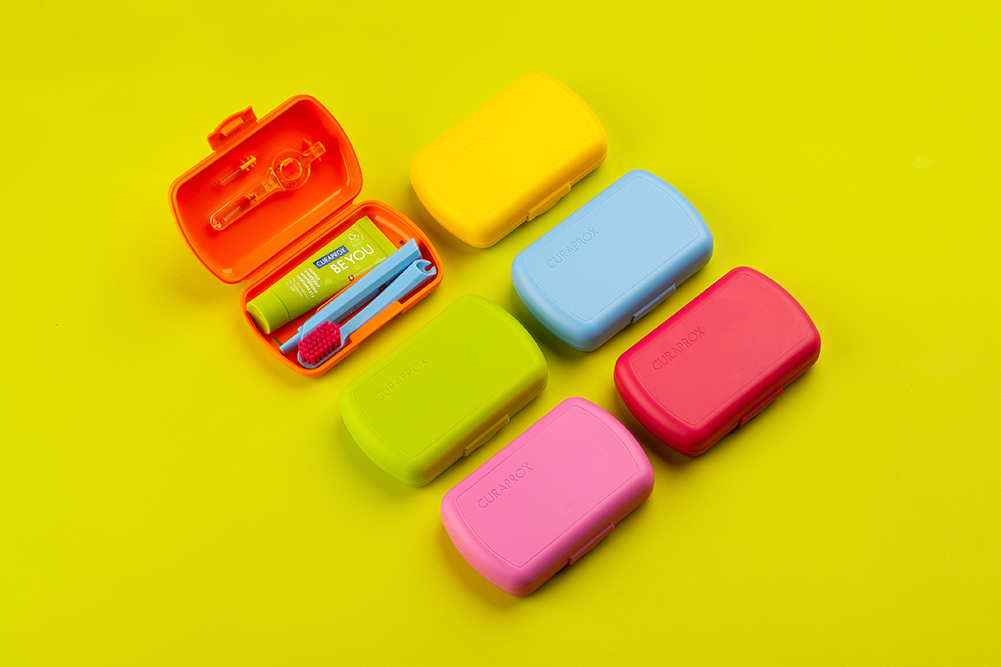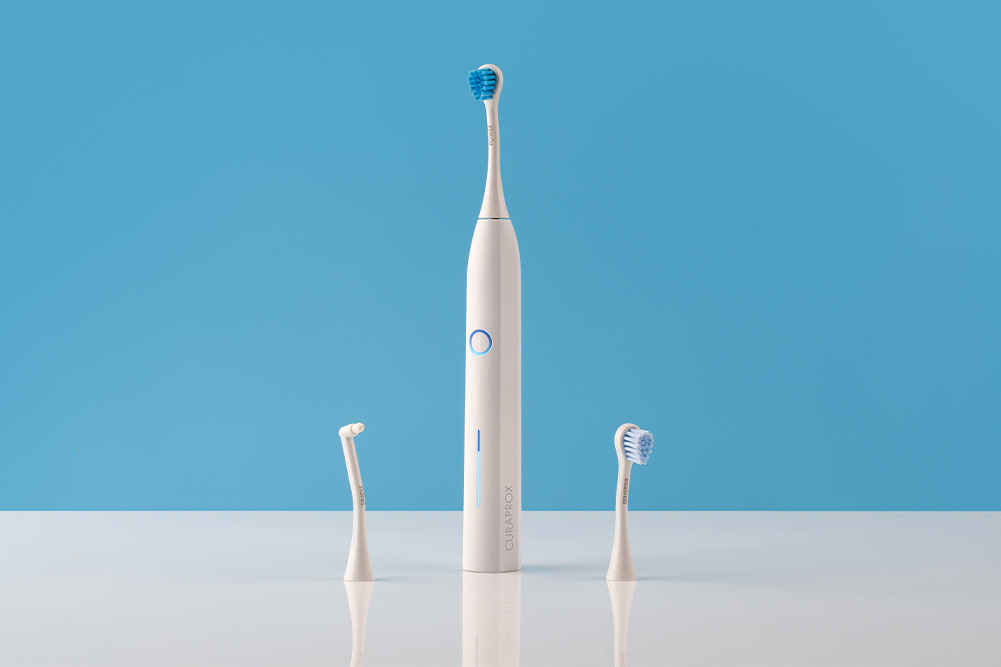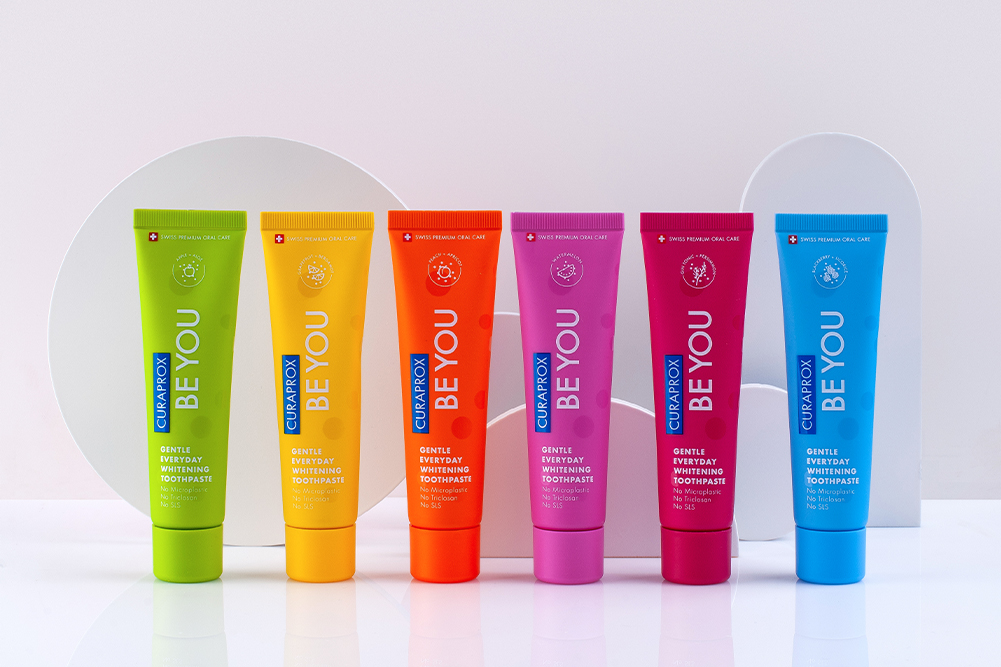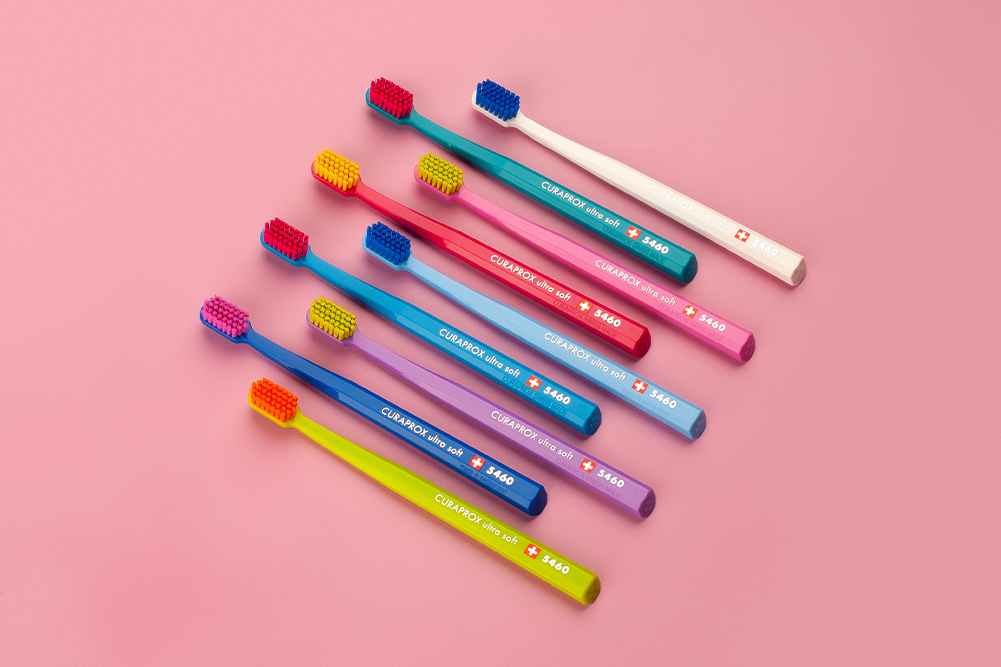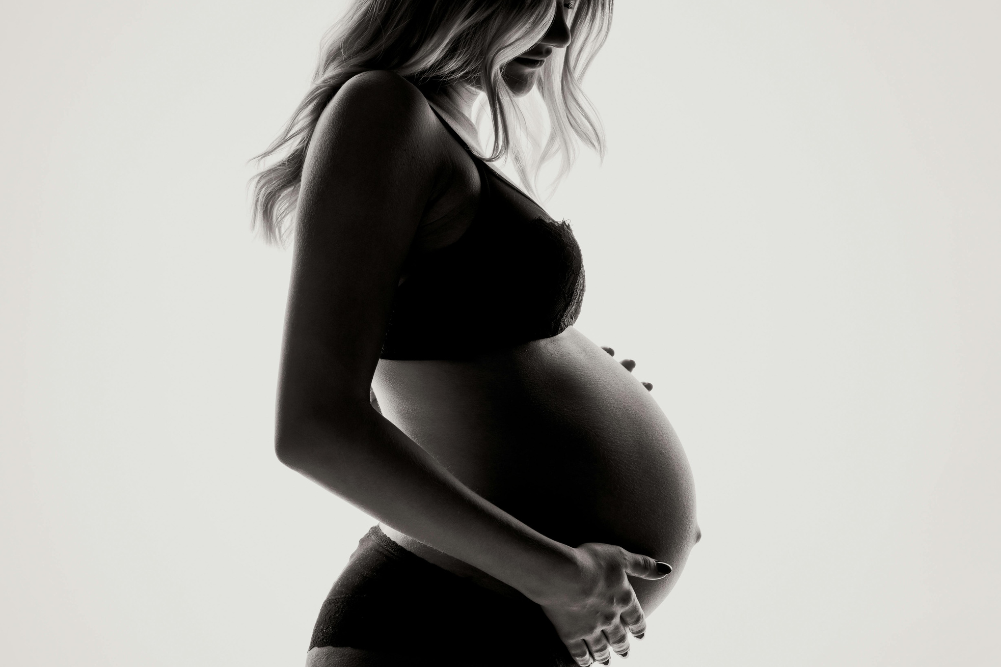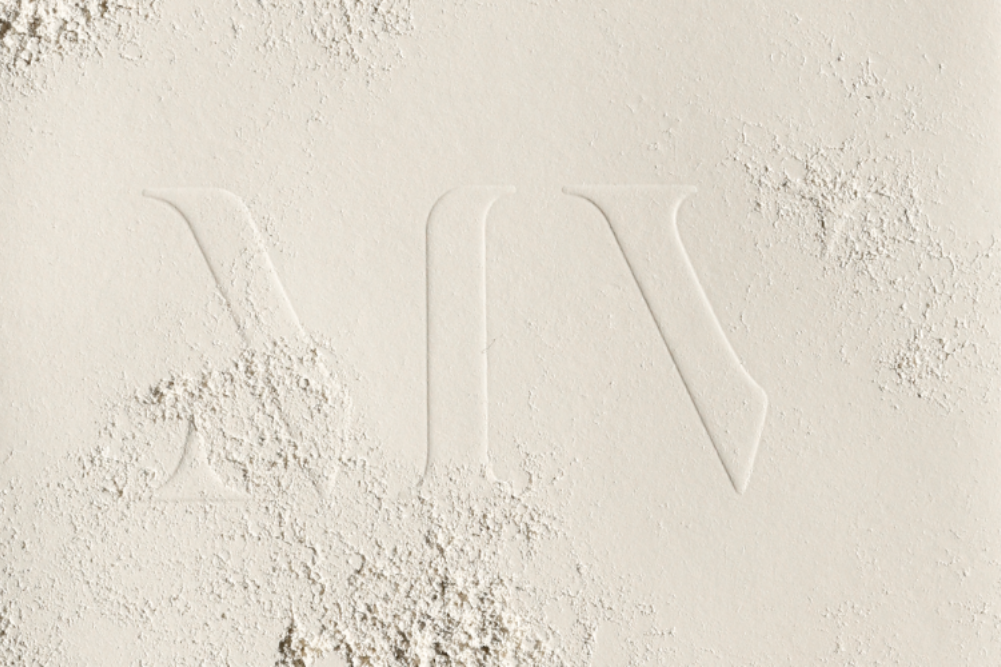Poison by pedicure
A soak, buff and polish is supposed to be a beauty treat — an hour where those who are fastidious about their feet can pick out the latest in toe trends, all the while forgetting about the stresses of the daily grind over a massage and chat.
While the humble pedicure is serious business, there’s a darker side to the industry that prides itself on glamour and affordable pampering. Choose the wrong salon, say many health experts, and you could walk out with more than Hollywood-inspired nails.
From staph infections to airborne toxic chemicals, nail salons can be health hazards that can do serious harm to the unsuspecting, reports skincare industry magazine Skin Inc. And no one is immune. Even celebrities have been caught with unsightly foot fungus infections after visiting nail parlours that aren’t strict about cleanliness. The Sun newspaper in the UK told how supermodel Kate Moss walked out of a New York Chinatown salon with a foot fungus that required potent antibiotics to clear up. Meanwhile, Madonna was another star left to manage yellow, thick toenails after contracting an infection post-pedicure.
Paramedical therapist and owner of Skindeep Medi-Spas in Western Australia, Helen Golisano, says fungal infections are transferred particularly when inserting files under the cuticle — the very reason instruments should be thoroughly washed, dried and put through an autoclave, a device that uses high-pressure steam at 121 degrees Celsius for approximately 20 minutes.
“Pedicure foot spas have been responsible for the spread of a huge number of bacterial infections,” Golisano says. “It is important that foot spas are drained, flushed with bleach and hot water and thoroughly cleaned, particularly behind inlet screens, following each use. This, unfortunately, does not happen in most of the shopping-centre nail bars — watch the salon and see if they do it after the client before you sits down.”
The age of pedology
Skin Inc forecasts that pedicure professionals, known as pedologists — experts who have advanced training well above standard nail technicians — will become the go-to therapists for those who want great nails without risking their health.
“This advanced education involves knowledge ranging from foot structure to what techniques are appropriate to use for which clients,” the magazine says in its 2013 Top 10 Skincare Trends. “Clients are soon going to learn to ask whether the professional giving their pedicure has been trained in pedology.”
Golisano adds that many clients visit a beauty salon when they should have scheduled an appointment with a podiatrist, a professional who specialises in medicalised foot care. “We often see clients who have a buildup of dead skin and calluses after years of not paying attention to their feet,” she says. “In these instances, a podiatrist can have the buildup removed safely and hygienically under specialist care. Following this treatment, regular pedicures will reduce the need for further treatment and maintain the health of their feet.”
Melbourne podiatrist Tish Monahan, of Glen Waverly Foot Clinic, agrees. “The most horrific thing I have seen is a patient who had her feet massacred by a blade during her complimentary callus removal. Calluses can only be removed using a sterilised surgical blade by qualified practitioners,” says Monahan. “My patient had to take a number of days off work as she was unable to stand on her feet comfortably. Ever since her callus was removed far too aggressively, it has grown back denser and faster.”
Golisano also says that when therapists try to do more than they can legally remove and deal with, it can cause the client pain, discomfort and long-term health issues. “A good therapist will inform you when it is best for you to see a podiatrist … we know the podiatrists near our salons and often refer people to see them before returning to us for regular maintenance,” she says.
Top 7 healthy pedicure essentials
Before kicking back into the massage chair with a celebrity mag in hand, keep an eye out for these salon musts to avoid a bacterial, fungal or viral infection and ensure a healthy pedicure experience:
- Therapists must wear gloves at all times.
- Opt for a square nail trim rather than round, to avoid painful hangnails or slow-healing ingrown nails. Golisano says incorrect trimming causes many long-term toenail problems.
- All equipment should be correctly sterilised using steam rather than liquid.
- Avoid having your cuticle pushed back. Excessive cutting back of cuticles — the nail’s protective barrier — causes sensitivity and can increase infection risk.
- Be sure foot baths are drained and thoroughly cleaned with bleach, including behind the inlet screens where dead skin from previous clients can get caught. A clean bath also ensures no transfer of body fluids from bleeding cuticles. Golisano says this is vitally important to stop the spread of diseases such as HIV and hepatitis.
- Allow only pumice stone to be used to remove built-up skin around the heels. Razors are unhygienic and often dangerous.
- Don’t shave or wax your legs the day before, or the day of, your pedicure, particularly if your salon uses electric foot spas. Bacteria can live in water and accumulate in pipes. They can easily transfer through microscopic cuts after shaving, leading to infection.
Something in the air
If you’ve walked past a shopping-centre nail salon, it’s likely you knew it was there well before you passed it. The fumes that emanate from these file-polish-and-paint factories don’t just smell bad, they also pose many health complications, from asthma to dermatitis.
Airborne substances come from salon staples, including glues, polishes and removers. However, the biggest culprit is ethyl methacrylate, or EMA, a chemical that can cause contact dermatitis and asthma as well as eye and nose allergies. A similar and equally potent product, methyl methacrylate, or MMA, was banned by the US Food and Drug Administration in 1974 once it was proven harmful to technician and client alike. As with EMA, MMA causes swelling, redness and stinging of mucous membranes.
Also used in trades such as concrete waterproofing, MMA is not currently listed as a banned substance in Australia. Therefore, to avoid coming into contact with the toxic ingredient, it’s important to ask your nail technician questions before relaxing into the massage chair.
While a ventilated salon can help dilute chemicals, it’s important that nail technicians follow safety practices such as tightly capping liquids after each application to minimise the strength of pollutants. It’s up to the client to do their research pre-pedicure, however, rather than assume salons are doing everything they can for customer comfort and safety.
Choose wisely
“Like everything in life, you tend to get what you pay for,” says Monahan. “The cheap and nasty will be exactly that. Choose salons that take their time with you, appear clean and whose technicians know their limits.”
She says a good salon will refuse to treat those with existing infections and refer clients to podiatrists if needed. “This is great practice and ensures their clients receive the best care when they are in their salon. Also, always ask how their instruments are cleaned between uses. Sterilised instruments are the gold standard, but this is rarely the case in nail salons. If they advertise callus removal, make sure this is done in a gentle fashion, eg with a pumice stone or a foot file rather than a blade or razor.”
Top toe tip
With nailpolish bottles used on a variety of clients each business day, it’s worth thinking about taking your own polish to your pedicure appointment to avoid risk of infection. “It’s impossible to disinfect the paint or the applicator, so you never know what you could pick up from sharing polish,” says Monahan.
Bacteria & baby
Occupational health and safety organisations globally have found more than 10 potentially hazardous chemicals lurking in the average nail salon — a toxic combination for not only adults but especially for babies and children. Pregnant women, newborns and infants should steer clear of nail salons, as some chemicals cause vomiting, nausea and breathing problems. Some are also responsible for birth defects in pregnant women.
Contracting a viral or fungal infection is also more likely during pregnancy, with skin becoming more sensitive and susceptible to infections. However, if the thought of nails au natural for nine months doesn’t appeal, it’s at least important to follow these guidelines:
- Ensure the salon you visit has adequate ventilation, preferably with seating near open windows.
- Avoid gel nails in favour of a traditional pedicure and opt for a less toxic polish such as Scotch Naturals.
- Always turn up early to your appointment to see how the salon cleans and disinfects their instruments and footbaths in between each appointment.
- Your wellbeing and your baby’s health could be at risk, so never be afraid to ask questions in order to give you peace of mind.
- Wash your feet post-pedicure to ensure any chemical residue is removed.
Fishy feet
A shopping-centre nail salon isn’t the only place where pedicure problems can occur. A relatively new trend out of Asia — fish pedicures — is also putting men and women at risk of bacterial infections.
The so-called “Doctor Fish” pedicures, made famous after Kim Kardashian dipped her toes into fishy waters, is also putting a bad taste in the mouths of animal activists, thanks to the process, which involves starving Garra Ruffa fish in order to make them ravenous enough to gnaw off dead skin. Yet this 20-minute animal makeover is also a breeding ground for serious bacterial infections, prompting some countries to ban the practice.
A study by the UK’s Centre for Environment, Fisheries and Aquaculture Science found bacteria such as aeromonas, mycobacteria and streptococcus could all be transferred from fish to human, causing skin infections.
“Our study identified some of the species of bacteria associated with this fish species, including some that can cause infections in both fish and humans,” David Verner-Jeffreys told The Medical Express. “The (strep) strain we isolated typically only causes disease in fish … We then went on to look at other consignments of apparently healthy imported Garra Ruffa and found some other species of bacteria that can cause disease in humans and fish.”
Clearing a fungal infection
Once foot fungus — and in particular toenail fungus — takes hold, it can be difficult to get rid of, with many sufferers experiencing recurring infections. Doctors most often prescribe antibiotics, however there are natural alternatives to stop fungus and bacteria in their tracks, says naturopathic physician and homœopathic doctor Judyth Reichenberg-Ullman via popular wellness website healthy.net.
“Antibiotics have a number of drawbacks,” says Reichenberg-Ullman. “They kill bacteria indiscriminately throughout the body. That’s their job. The antibiotic you take kills the good bacteria, lactobacillus, in the gut and the vagina, which you need to crowd out candida (yeast) if it arises.”
For those who prefer a natural remedy, a mixture of calendula and hypericum tincture works wonders for bacterial skin infections, suggests Reichenberg-Ullman.
“Other herbs commonly used are goldenseal, comfrey and plantain. Boils and cysts can be successfully treated with hot packs, ginger poultices, and Epsom salt soaks, and homœopathic remedies such as silica and Hepar sulphuris. Fungal infections often respond well also to homœopathy or to dilute vinegar applications. Also effective are turmeric powder and tea-tree oil applied topically.”
Reichenberg-Ullman and healthy.net recommend following a strict regime to assist healing infections that are contracted from pedicures gone wrong. These include:
- Eliminate caffeine, alcohol, sugar, refined foods, meat and dairy.
- Eat lightly.
- Drink lots of hot, warm and room temperature beverages such as herb tea.
- Undertake a juice or water fast, even for a couple of days.
- Do an enema to help flush the system.
- Take vitamin C, beta-carotene and zinc to strengthen the immune system.
- Herbs such as echinacea and goldenseal can help support the immune system, but more specific herbs are often more helpful (see your naturopath or homœopath for advice specific to you).
- Saunas and steam baths can also help to detoxify the system.
- Massage can speed up elimination of toxins, particularly a garlic-oil foot massage.
- Listen to what your body’s trying to tell you and ask what it needs.
- Rest. Don’t keep pushing yourself past your limit when you’re sick. It may take you twice as long to recover.
Shannon Dunn is a wellness writer and eco Beauty editor. Find out more at ecobeautyeditor.com or email her at shannon@ecobeautyeditor.com
